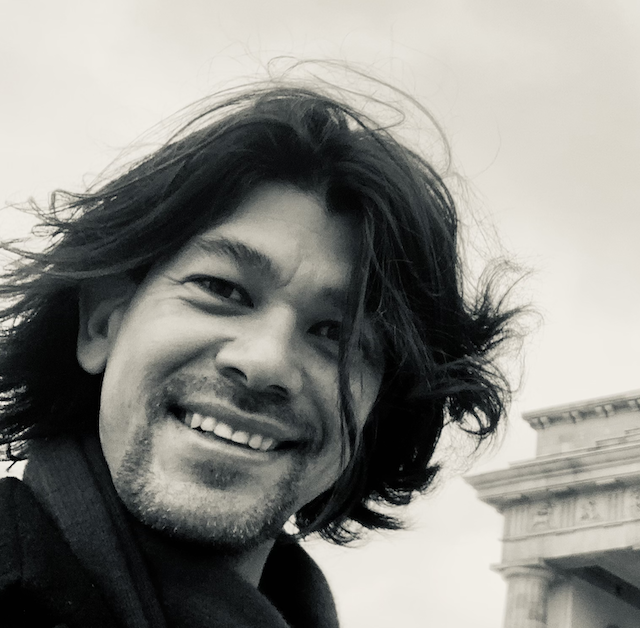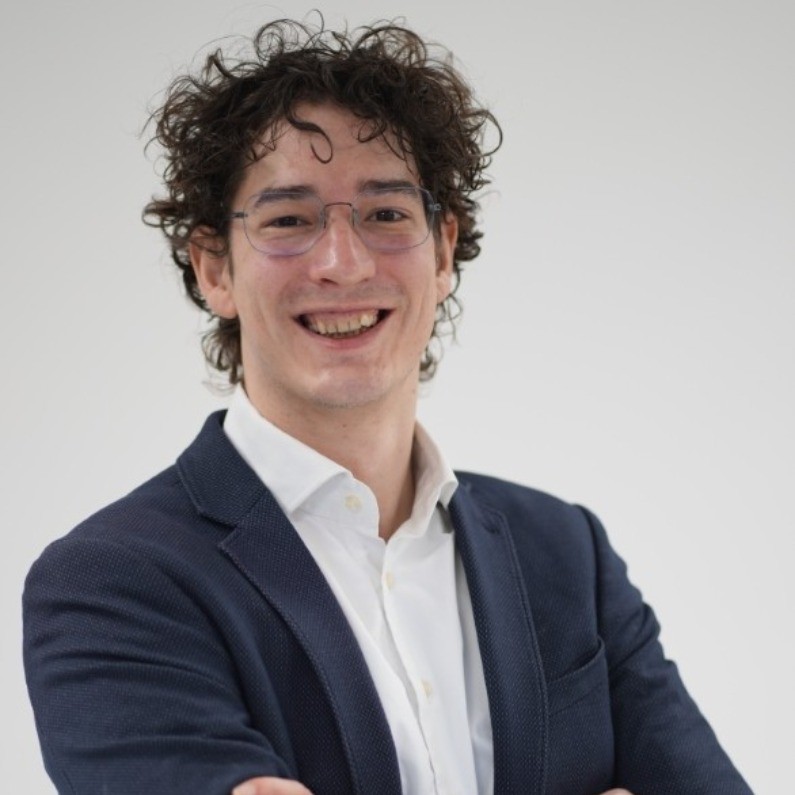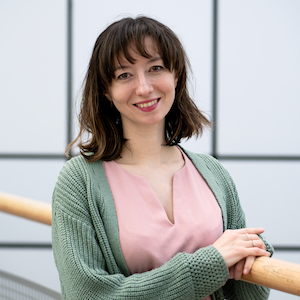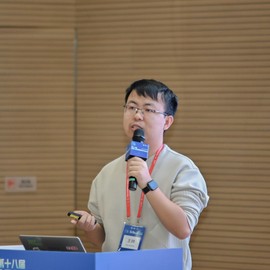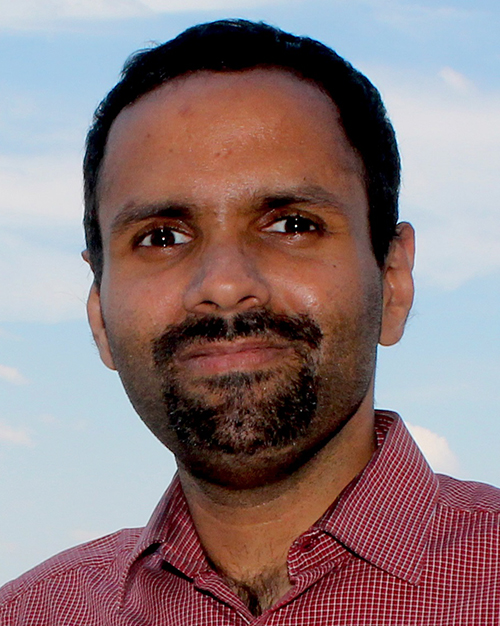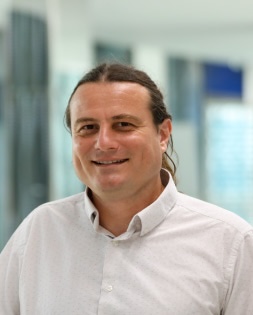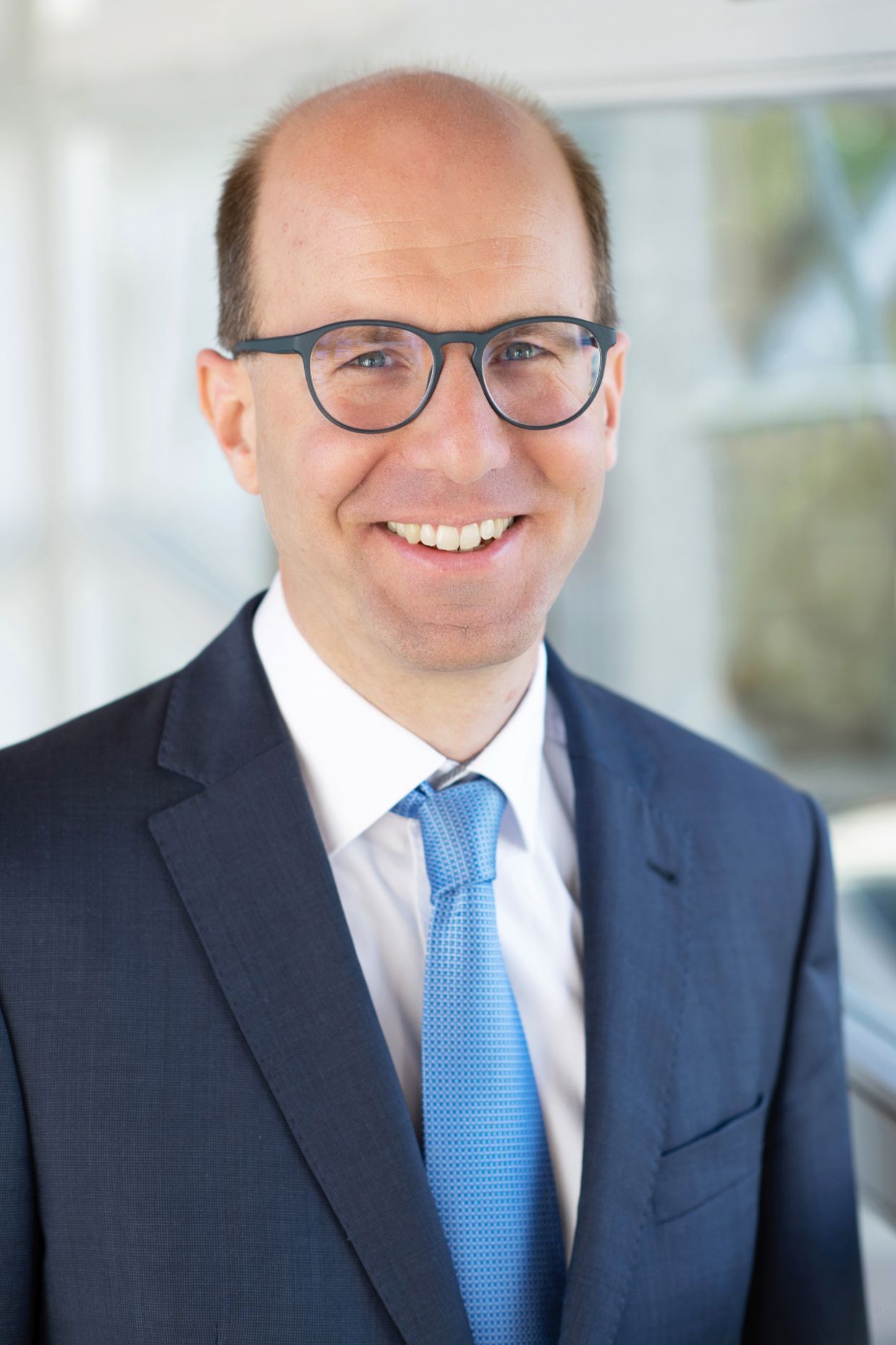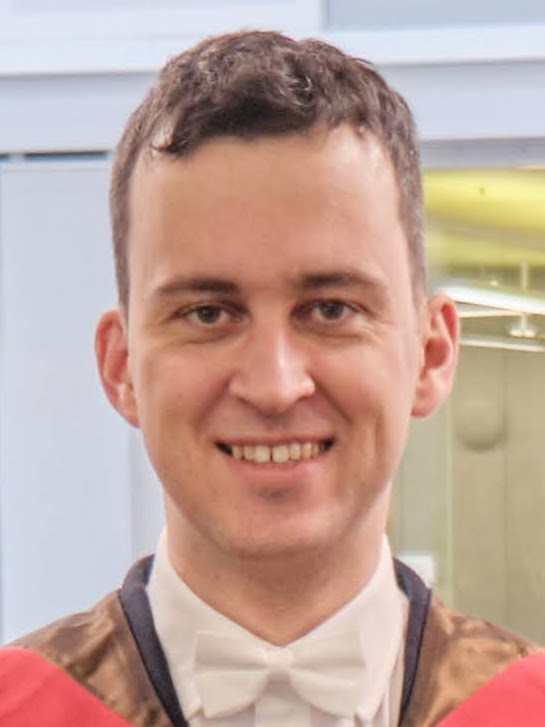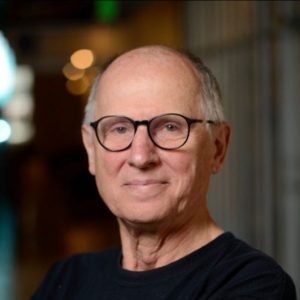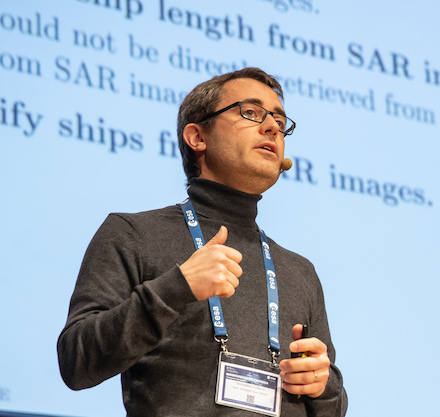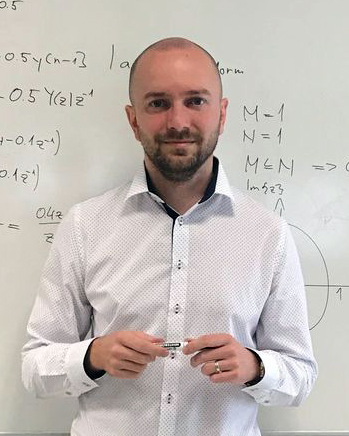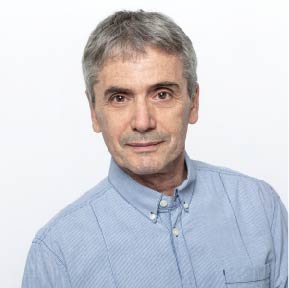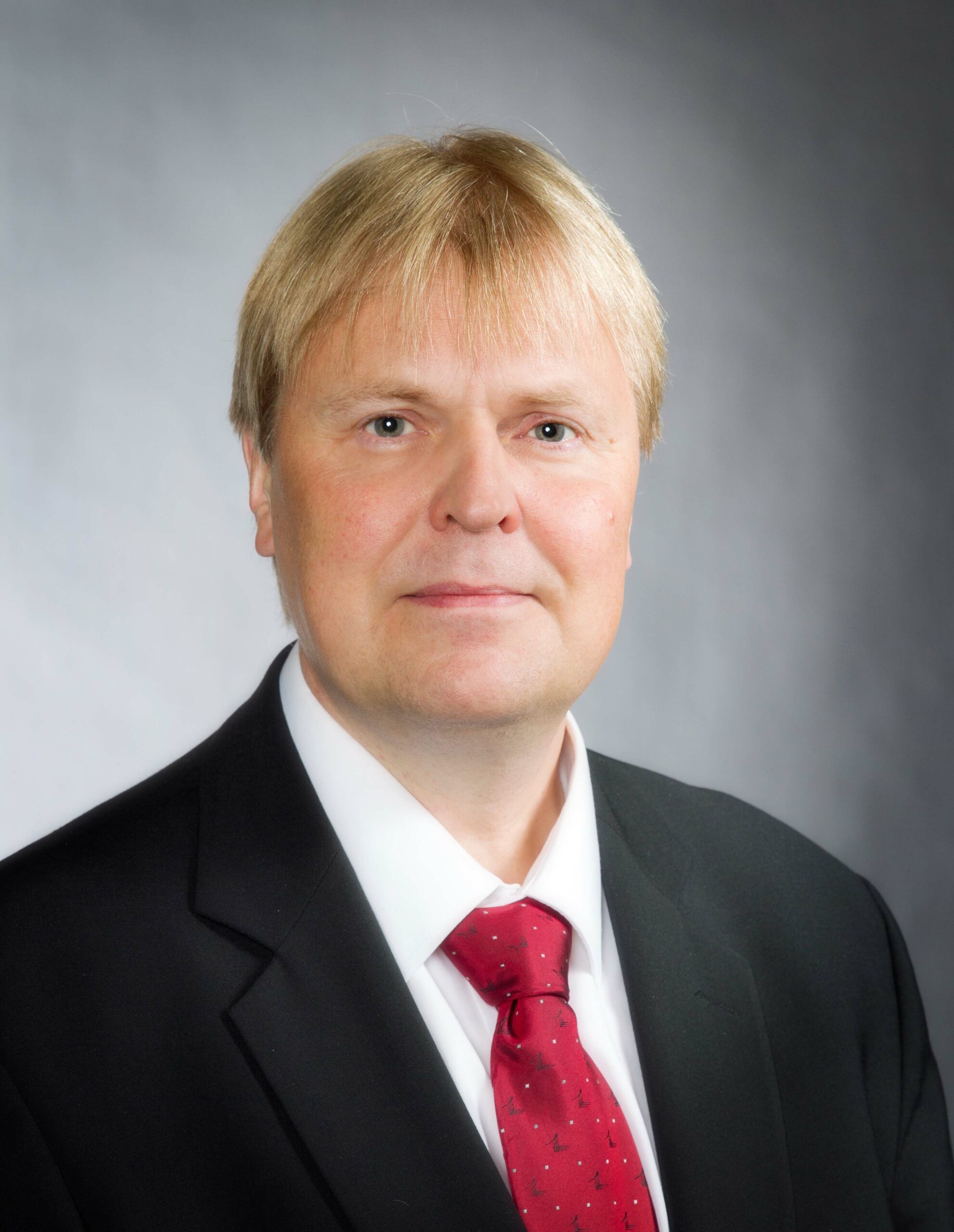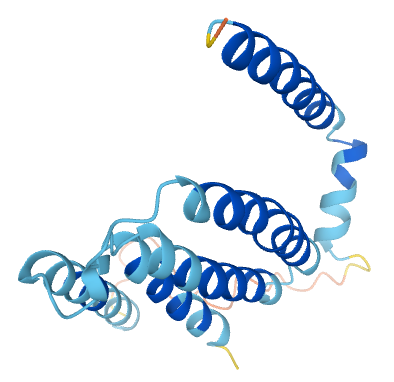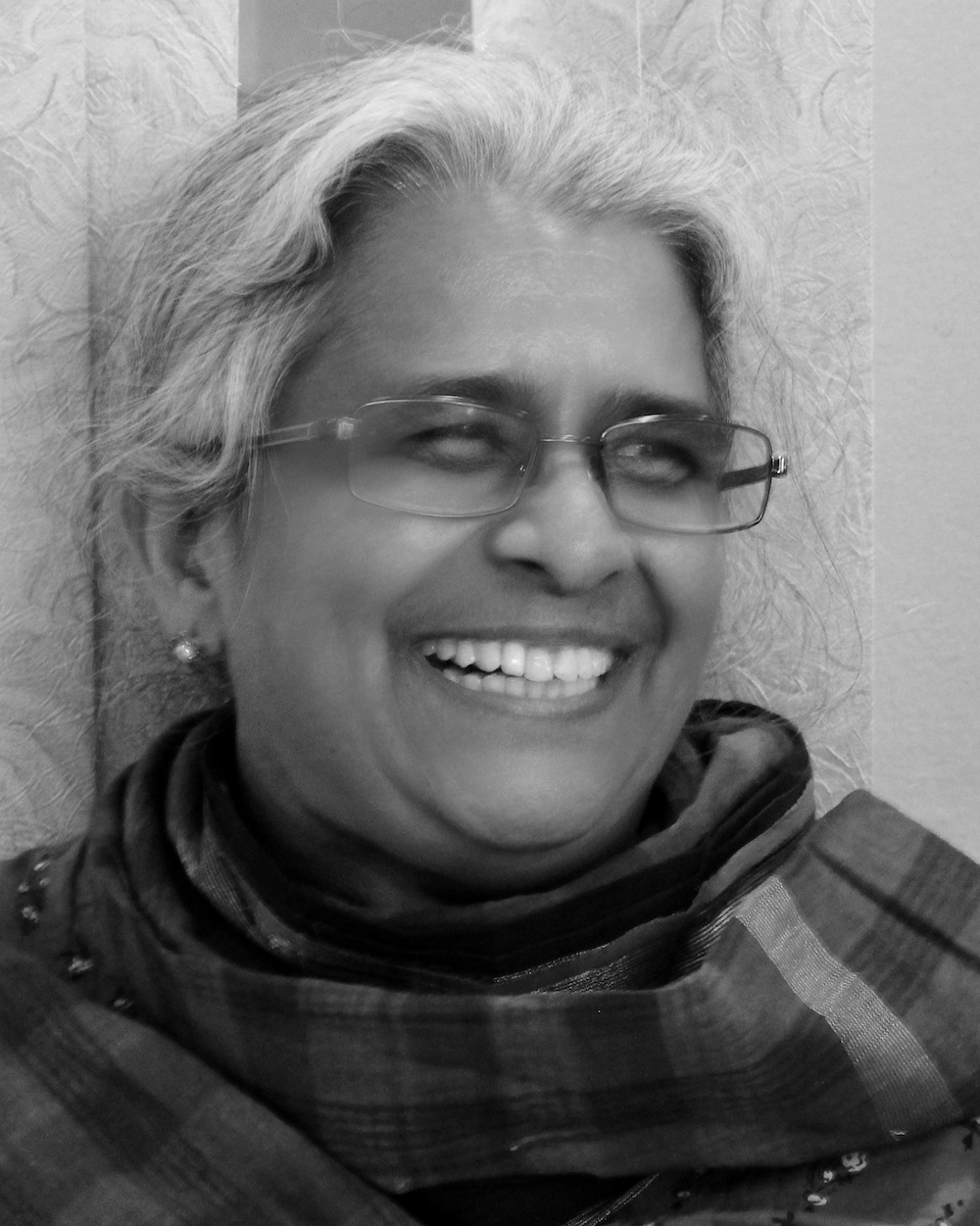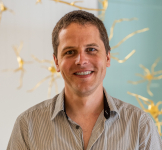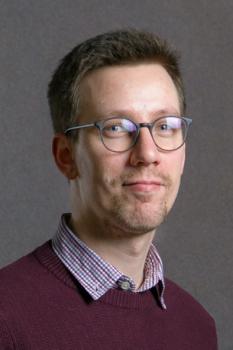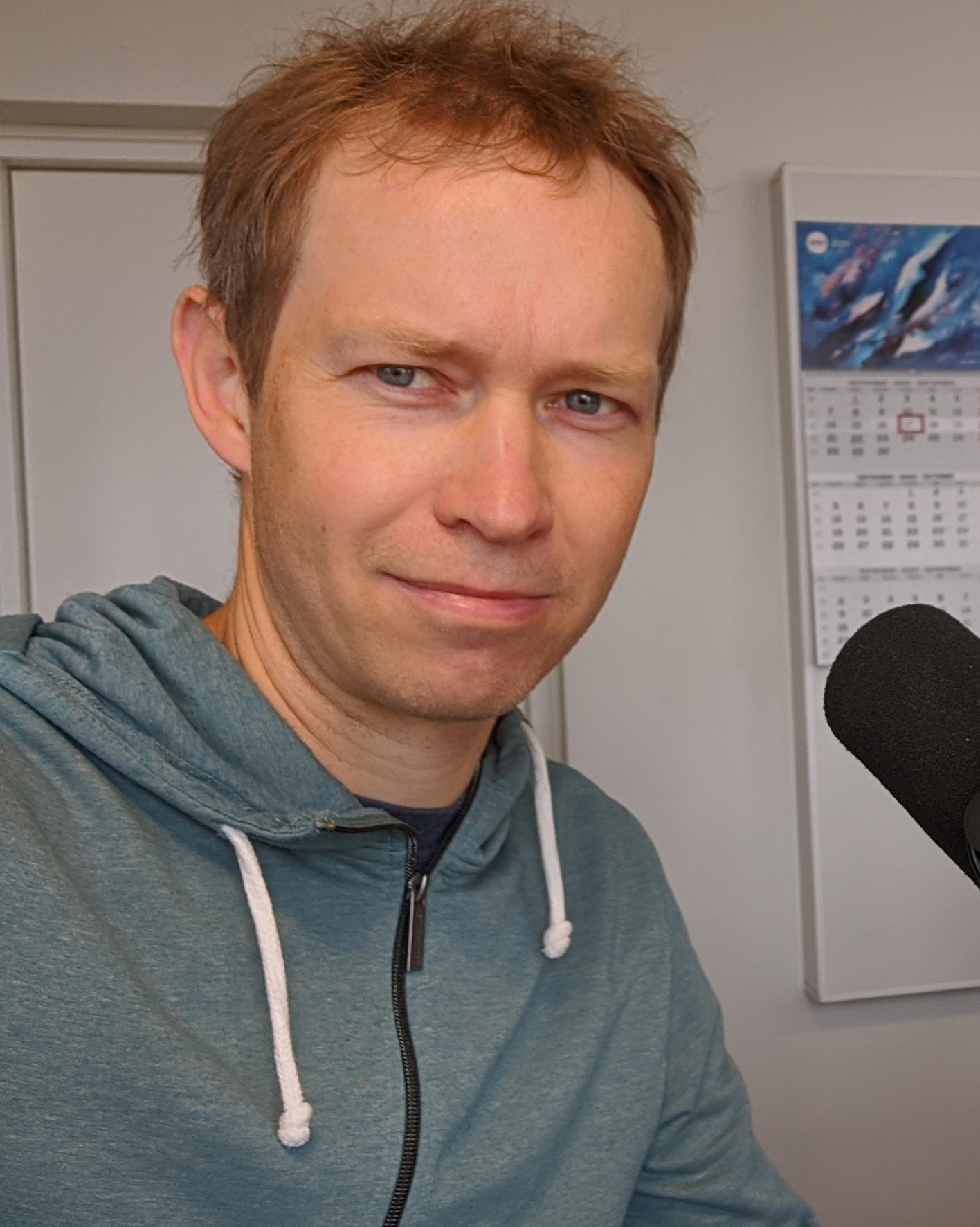Lenka Zdeborová
 Lenka Zdeborová is a Professor of Physics and of Computer Science in École Polytechnique Fédérale de Lausanne where she leads the Statistical Physics of Computation Laboratory. She received a PhD in physics from University Paris-Sud and from Charles University in Prague in 2008. She spent two years in the Los Alamos National Laboratory as the Director’s Postdoctoral Fellow. Between 2010 and 2020 she was a researcher at CNRS working in the Institute of Theoretical Physics in CEA Saclay, France. In 2014, she was awarded the CNRS bronze medal, in 2016 Philippe Meyer prize in theoretical physics and an ERC Starting Grant, in 2018 the Irène Joliot-Curie prize, in 2021 the Gibbs lectureship of AMS. She is an editorial board member for Journal of Physics A, Physical Review E, Physical Review X, SIMODS, Machine Learning: Science and Technology, and Information and Inference. Lenka’s expertise is in applications of concepts from statistical physics, such as advanced mean field methods, replica method and related message-passing algorithms, to problems in machine learning, signal processing, inference and optimization. She enjoys erasing the boundaries between theoretical physics, mathematics and computer science.
Lenka Zdeborová is a Professor of Physics and of Computer Science in École Polytechnique Fédérale de Lausanne where she leads the Statistical Physics of Computation Laboratory. She received a PhD in physics from University Paris-Sud and from Charles University in Prague in 2008. She spent two years in the Los Alamos National Laboratory as the Director’s Postdoctoral Fellow. Between 2010 and 2020 she was a researcher at CNRS working in the Institute of Theoretical Physics in CEA Saclay, France. In 2014, she was awarded the CNRS bronze medal, in 2016 Philippe Meyer prize in theoretical physics and an ERC Starting Grant, in 2018 the Irène Joliot-Curie prize, in 2021 the Gibbs lectureship of AMS. She is an editorial board member for Journal of Physics A, Physical Review E, Physical Review X, SIMODS, Machine Learning: Science and Technology, and Information and Inference. Lenka’s expertise is in applications of concepts from statistical physics, such as advanced mean field methods, replica method and related message-passing algorithms, to problems in machine learning, signal processing, inference and optimization. She enjoys erasing the boundaries between theoretical physics, mathematics and computer science.
Towards Understanding of Scaling, Emergence and Transformers
For over four decades, statistical physics has studied exactly solvable models of artificial neural networks. In this talk, we will explore how these models offer insights into deep learning and large language models. Specifically, we will examine a research strategy that trades distributional assumptions about data for precise control over learning behavior in high-dimensional settings. We will discuss several types of phase transitions that emerge in this limit, particularly as a function of data quantity. In particular, we will highlight how discontinuous phase transitions are linked to algorithmic hardness, impacting the behavior of gradient-based learning algorithms. Finally, we will cover recent progress in learning from sequences and advances in understanding generalization in modern architectures, including the role of dot-product attention layers in transformers.
Her talk takes place on Tuesday, May 20, 2025 at 13:00 in E112. The talk will be streamed live at https://www.youtube.com/live/FCvPhHm5uJw.
